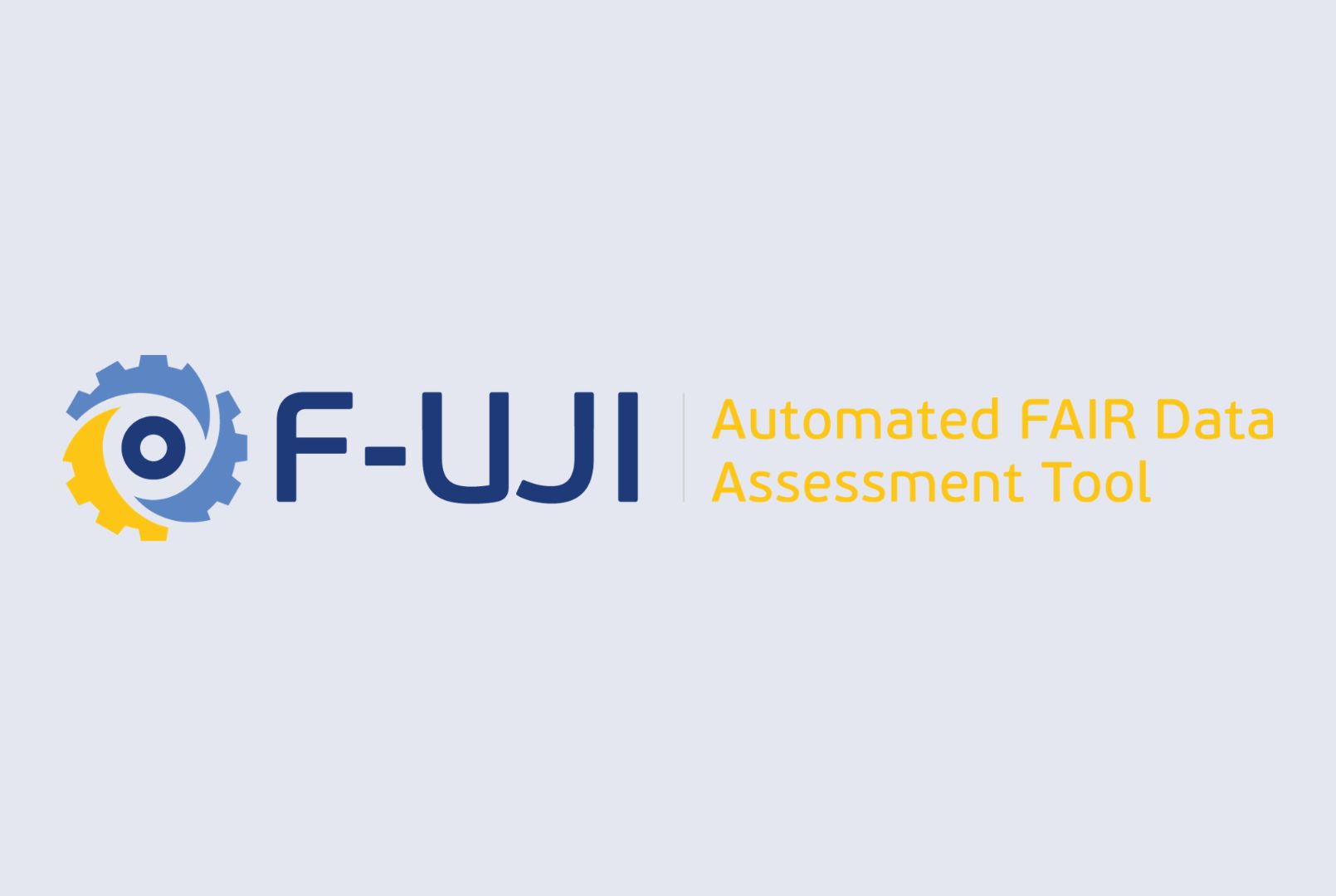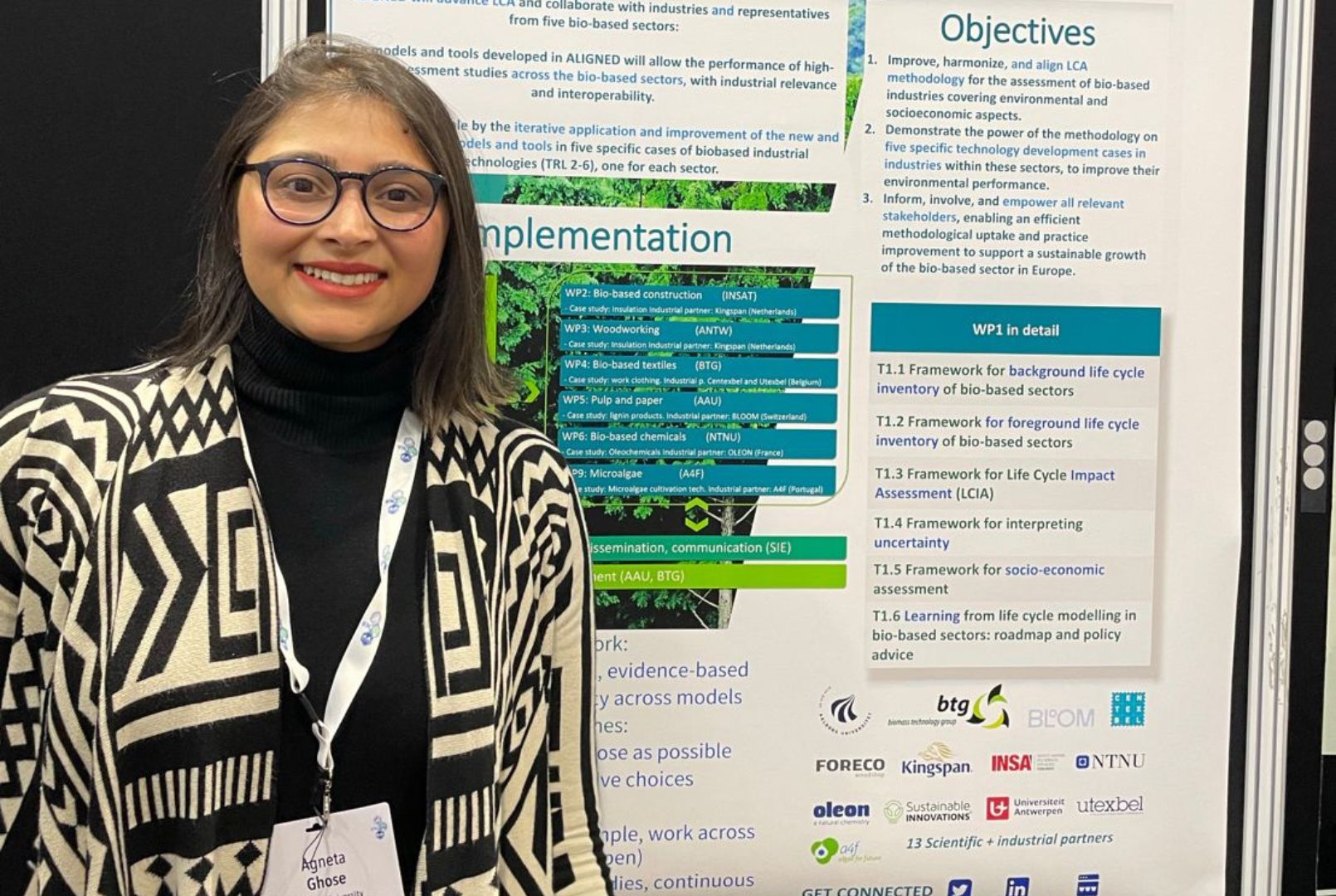The case project was concluded in 2014, i.e. two years before the FAIR principles were published. However, the case can serve as an example as of how the FAIR principles can be fruitfully adopted within social science research.
Project framework
For this project, two researchers from CBS collaborated over a period of one year (2013), without any external funding. The research is described as follows in the abstract of the published article: “This article focuses on determinants of stability and change in EU regulation. An original dataset of 169 pieces of legislation (regulations, directives and decisions) across eight different sectors is developed and the dynamics of regulatory reform in the EU are analysed. Using time-series analysis of count data, evidence is found that the number of winning coalitions in the Council and the size of EU membership have a significant impact on regulatory reform in the EU. By contrast, the ideological composition of the EU's legislative bodies is not systematically related to regulatory reform.”
The results of the research were published in an article:
Citi, M., & Justesen, M. K. (2014). “Measuring and Explaining Regulatory Reform in the EU: A Time-series Analysis of Eight Sectors, 1984-2012”. European Journal of Political Research, 53(4), 709–726. DOI:10.1111/1475-6765.12061
The related replication data was published in Harvard Dataverse:
Citi, M., & Justesen, M. K. (2014). “Replication data for: Measuring and explaining regulatory reform in the EU: A time-series analysis of eight sectors, 1984-2012". European Journal of Political Research 53(4), 709-726. Harvard Dataverse: DOI:10.7910/DVN/27551 & DOI:10.7910/DVN/27571
Knowledge of FAIR prior to case engagement
No knowledge
When were tools used working towards FAIR in the case?
- The source data were analyzed in Stata. The analysis is documented in the project’s codebook and the Stata do-file (process/analyze source data).
- The processed data were published in Dataverse, together with the do-file, codebook, and other documentation (publish processed data).
- The finalized data are available for replication from Dataverse: DOI:10.7910/DVN/27551 & DOI:10.7910/DVN/27571 (discover and re-use results)
Which FAIR tools were used in the case and for what purpose?
- Stata for data analysis and documentation
- Harvard Dataverse for publication of replication data
What were the main challenges of adopting the FAIR principles in this case?
Challenge: Lack of rewards and incentives for data publishing (publish processed data)
What were the main benefits of adopting the FAIR principles in this case?
- Transparency of the analysis (process/analyze source data)
- Visibility and discoverability of the research results (discover and re-use results)
- Interoperability of the entire dataset across different statistic software tools, since the dataset can be downloaded from Dataverse in different formats (e.g. as a Stata file, as an Rdata file, as a tab-limited, or csv) (discover and re-use results)
Key learning points
- The researchers in this community have done FAIR research even before the FAIR principles were published. However, there is very limited awareness and knowledge of the actual FAIR principles in the community.
- A broader adoption of the FAIR principles requires a changed reward and incentive system for the researchers.
Contact details
For further information on this case, contact Mareike Buss (mabu.lib@cbs.dk).




